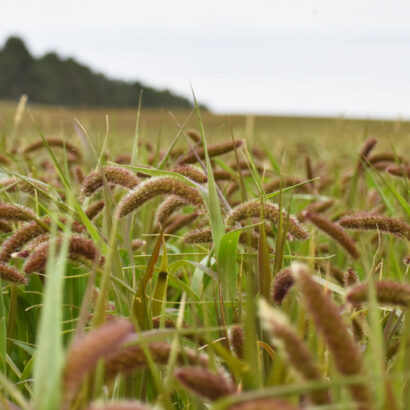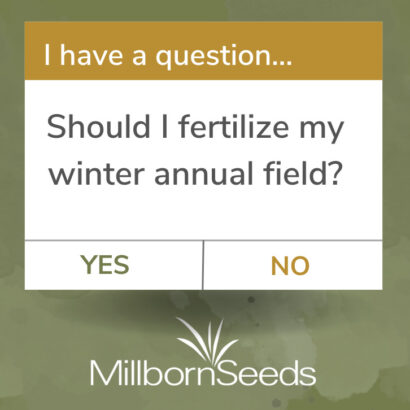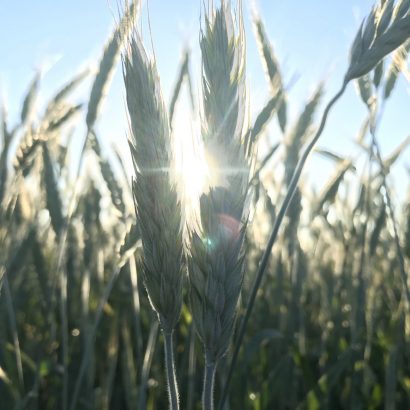As we get into the heart of fall, it’s time to start thinking about winter grazing plans. Much of the green we still see in the fields this time of year is alfalfa, which provides a great feed source for grazing livestock right before or during winter. Alfalfa provides a high-quality forage option for livestock during this time of year when plants start to slow down in production.
Grazing Considerations
To ensure health of both the plant and livestock, the best time to start grazing on alfalfa is following a killing frost. A killing frost will not kill the alfalfa, but rather make the plant go dormant for the winter. When the plant goes dormant, regrowth is stopped and the nutritional value lowers until spring. Alfalfa does not carry the risk of prussic acid, so it’s best to start grazing shortly after the killing frost to capture the most nutritional value.
If temperatures warm above freezing in the winter to the point where the top layer of soil thaws, the alfalfa crowns will become vulnerable. In this instance, be sure to consider hoof traffic – protecting the plant from livestock and weather extremes will help prevent winter kill. And remember, don’t graze alfalfa below four inches of stubble height.
Minimizing Bloat Risk
When you’re first starting to graze alfalfa, try to limit the graze and gradually increase over time – allowing the rumen to slowly adjust to the high-quality forage. Additionally, you’ll want to ensure the rumen is not empty when first turning livestock out to graze alfalfa, as this can increase their intake and bloat risk as well. If you need to start grazing before a killing frost, minimize morning grazing (when dew may be present) to avoid the risk of bloat.
Because freezing damages the cell walls of the plant, making proteins and minerals more available during digestion, bloat on alfalfa has the highest risk three to five days following a freeze. As the residual alfalfa growth wilts following a killing frost, the risk of bloat decreases. As alfalfa matures it provides less risk of bloat, but also a lower quality feed source.
In most scenarios, winter grazing alfalfa won’t provide enough nutritional value to be the primary feed source. In these instances, we recommend you provide an additional, lower quality forage option to help fill the rumen.
Keep that Feed Wagon in the Shed
Grazing alfalfa into winter provides great feed source and lets you keep the feed wagon in the shed a little longer. Keeping an eye on both plant and livestock health will minimize your risk of any harm and provide value to your operation.




Discussion
0 Comments